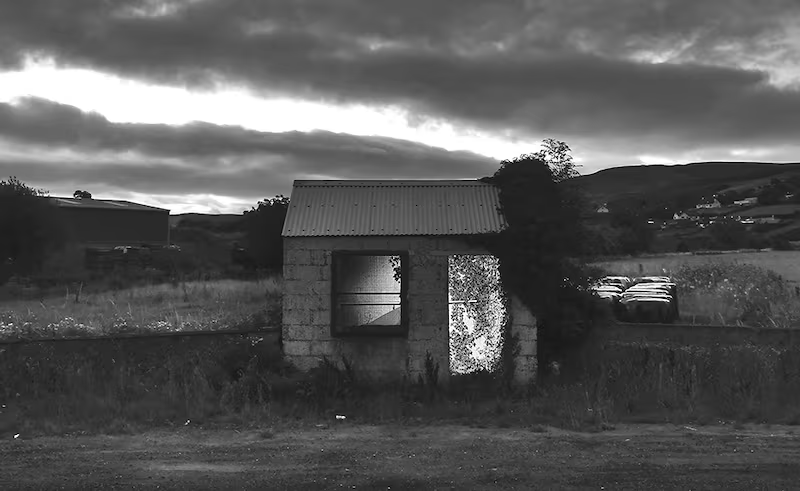Exactly a century ago there was a muted response from London about the meeting of the first Dáil and the challenge it represented to the British government. As far as Winston Churchill, the secretary for war, was concerned, there was no Irish problem; the cabinet conclusions reached on February 4th, 1919, recorded his view of Ireland that “there was no place in the world where there was less danger at the present time”.
A mixture of condescension and delusion prompted such remarks. Some Irish republicans saw violence as the only way to provoke a British response, which in due course it did. But what is also notable is that even Irish nationalists who abhorred the violence, in historian Michael Laffan’s words, “came to accept the efficacy of violence”. Former Irish nationalist MP TM Healy, for example, suggested of the British in a private letter in July 1919 that “nothing but the threat or use of force will move them to do anything”. The IRA, many of whom disparaged politicians, did its own thing, and politicians such as Sinn Féin’s Arthur Griffith, who had misgivings about the killings, preferred to turn a blind eye because they could see, against their expectations, that the violence was effective in puncturing British self-deception about how it could manage the mere Irish.
The events of the War of Independence will prompt many sermons in the next few years about the justification for violence in Ireland at this time, and the preachers are entitled to ask searching questions. Balanced commentary should, however, acknowledge British alongside Irish culpability, the extent to which there were no master plans, centrally co-ordinated and implemented, on either side, and the enduring legacies that continue to complicate Anglo-Irish relations.

Shortt shrift
In an ideal world, dialogue should have prevailed from the outset, but it was not contemplated by enough of those with influence; it is noteworthy that in January 1919, alongside the dignified but trenchant declarations of Dáil Éireann, there was also upheaval in Dublin Castle, seat of the British administration in Ireland. Edward Shortt, who had served as chief secretary from April 1918, was shunted off the Irish stage; he may have overseen the arrest of senior Sinn Féin figures in 1918 at the behest of the government, but he was at odds with the lord lieutenant, John French, who wanted conscription imposed in Ireland and viewed the country through a military lens.
Shortt opposed the banning of Sinn Féin for the simple reason that any solution to the Irish problem would have to involve talking to representatives of that party, and he had already been in unofficial touch with some of them. French dismissed the Dáil as a “ludicrous farce”, wrongly predicted of Sinn Féin TDs that “these 73 devils will soon go bag and baggage over to Westminster”, surrounded himself with militant unionist advisers and became contemptuous of the RIC inspector Joseph Byrne, whose men had to bear the brunt of the initial campaign of violence. Byrne argued that dialogue with Sinn Féin was imperative because of its emphatic mandate arising out of the 1918 general election.
Internationalised conflict
By the end of 1919 the British government had re-engaged with its Irish problem, leading to the idea of two Irish parliaments and a Council of Ireland that might enable unionists and nationalists to bridge their differences. It could reasonably maintain there was no viable alternative, but the real reason they moved was because the Irish problem had become internationalised and that broadening was damaging Britain, alongside what historian George Boyce described as “the sheer boredom and fatigue that Irish politics induced in the British public at large”.
In truth, it was a bargain made only with unionists in Ireland, and prime minister David Lloyd George did not give the wider Irish question proper attention until the summer of 1921, when it was clear the options were dialogue with republicans or all-out war. By the end of that year Lloyd George boasted that with the Anglo-Irish Treaty he had solved the Irish question; he had not, but it is not surprising he opted to try and get the Irish question out of British politics. The Tories too chose realism; Lord Birkenhead responded to criticisms that he was betraying pre-war alliances with unionists by maintaining that “our difficulties lie in attempting to convince the medievalists among us that the world has really undergone some very considerable modification in the last few years.”
In other words maintenance of the hard-line policy on Ireland would only drive them up a political cul de sac. And so it is today; the absolutism about the backstop by the “medievalists” among the Tories, with Arlene Foster of the DUP spouting comical nonsense from the sidelines about the irrelevancy of the Border, has led to a curious role reversal 100 years on from the first Dáil; now the focus is on the “ludicrous farce” that is Westminster.












